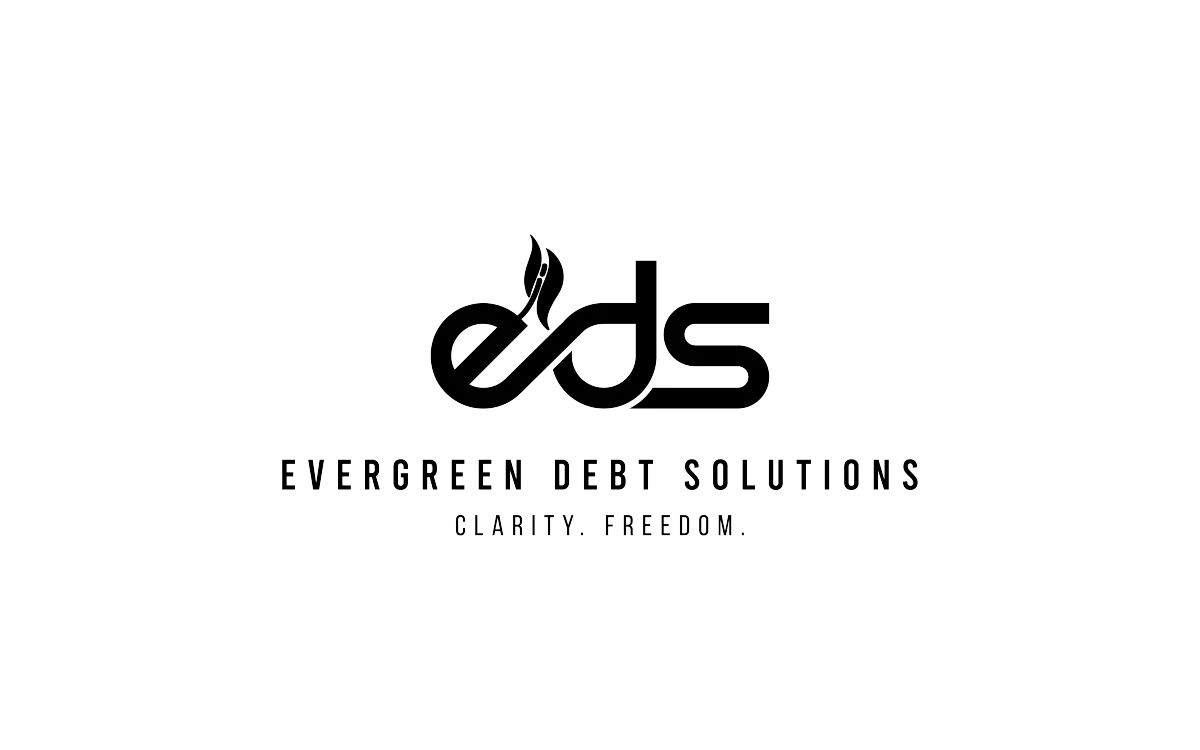Debt Validation
What is debt validation?
Debt validation also referred to as debt verification, relates to your right of challenging a debt as well as receiving a debt verification from a debt collector. You have conferred this right through section §809 of the U.S. Fair Debt Collection Practices Act (FDCPA). The main aim of this process is to minimize instances of debt collectors approaching wrong individuals and of attempting to collect debts that might have been discharged or previously paid.
Initial Communication
The first time a debt collector contacts you about a debt is referred to as initial communication. This can be via a letter or a phone call. At this stage, the collector needs to inform you about the amount you owe, the creditor’s name, and other relevant details.
The Notice
A debt collector needs to inform you about your debt validation rights in writing within five days of initial communication. The written notice needs to include:
The amount you owe.
Name of the creditor.
A statement that the debt collector will assume the debt to be valid if you don’t dispute its validity within a 30-day period.
A statement that the debt collector will obtain and mail a copy of the debt verification or a judgment against you if you dispute the debt in writing within a 30-day period.
A statement that the debt collector will give you the name and address of the original credit provider, in case it is not the existing one if you request for the same in writing within a 30-day period.
Why request validation?
While you might feel inclined to pay off the debt in question to avoid a negative mark on your credit report or to ensure that you have no problems with an impending loan application, exercising your right might be in your best interest.
This is because:
You get to verify that the debt is actually yours, and not bogus.
You get to verify if you have paid it in the past.
You put the onus of proving that the debt is real on the debt collector.
You ensure that the debt collector has the legal authority to collect the debt.
Submitting your validation request
You need to submit debt validation request in writing within 30 days from receiving the notice for it to be legally valid. In your letter, you may dispute part of the debt or the entire amount. You may also seek the original creditor’s name. Upon receiving your letter, a collector cannot contact you further until he/she provides you with the information you’ve requested. Sending your debt validation request through certified mail is ideal. This ensures you have proof about the date you mail it as well as the date when it reaches the debt collector. This might be beneficial in case your case ends up going to trial.
The debt's collectors response
Debt collectors cannot pursue collection activities after receiving debt validation requests until they provide adequate proof of the debt. If you do not hear from a debt collector about your debt’s validation, you may even dispute it with credit bureaus. If a collector verifies the debt, determine how old it is, as most credit-related information is wiped clean from your credit reports in seven years. The other alternatives include settling the debt or paying it off in full.
Conclusion
Getting a notice from a debt collector might seem daunting, especially if you have no recollection of the debt in question. Fortunately, debt validation is your legal right and may work rather well in providing the desired relief. If you are unsure about how to tackle the process, consider seeking expert assistance.
Copyright 2024 Evergreen Debt Solutions
